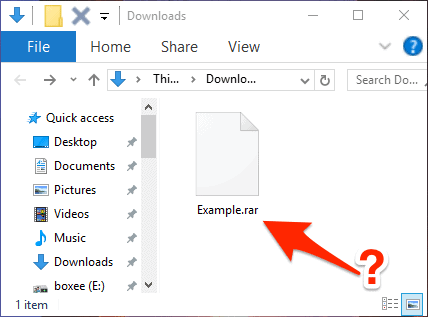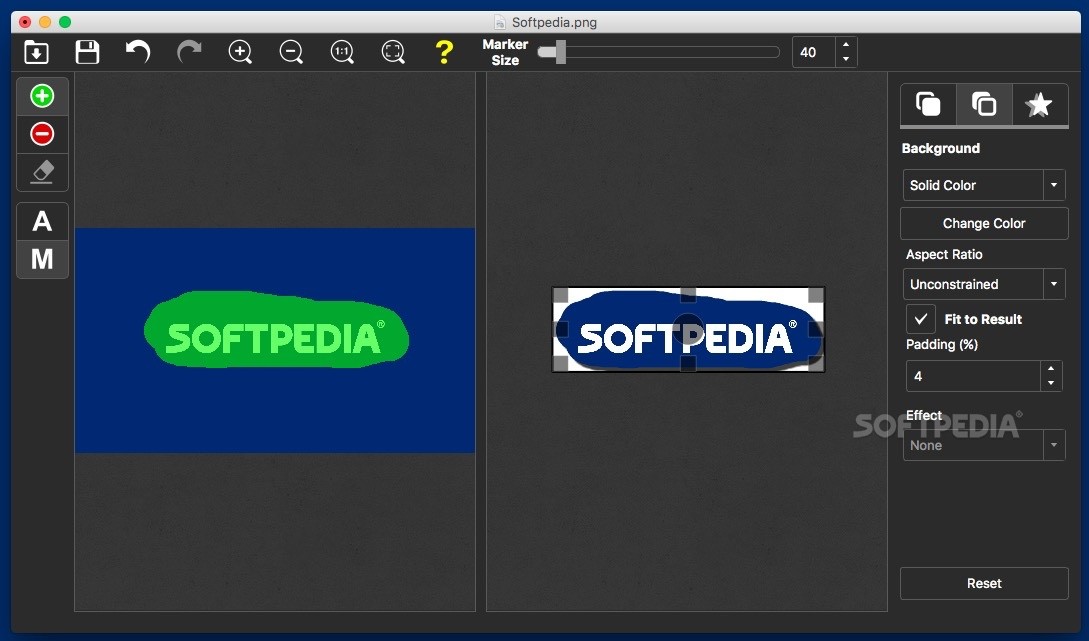- Open Rar Files For Mac
- What Open Rar Files For Mac Os
- What Open Rar Files For Mac Os
- Open Rar File On Mac Free
Wondering how to open a RAR file on your Mac?
How to Open RAR files on MAC. How easy it was in the case of Windows. I wish to open RAR files on mac would have been as simple as it was on windows. But this is not the case at all. On the mac, you need a RAR file opener to extract and open RAR files. Let’s start and see how this is done. You people must have heard the term ZIP files. In the iPack window, click Add and add the files you have just decompressed. Click the Compress button. In the Format field, select Compress these files into a zip file. Also read: How to Open RAR Files on Mac; How to Create and Password Protect Zip File on Mac; An alternative way to change RAR to Zip. You can also convert RAR to Zip on Mac online. So you just downloaded a file and it arrived as a RAR archive. You've never seen such a format before. In this quick overview, you'll learn everything you need to know about what RAR files are, why they exist, and how to open and extract RAR file contents on a. Once you Mac is installed with the “The Unarchiver” tool, all the RAR files will display a different icon. Also, to always use “The Unarchiver” tool to open RAR on macOS, right-click on any file, select the “Open With” option, and then tap on “The Unarchiver.” To open RAR files on Mac, double tap on the file icon.
Well, you’re not alone. 🙂
Many of the files you tend to open these days come in either a ZIP (.zip) file or a RAR (.rar) file. But unlike ZIP files, Apple’s macOS (or OSX) which is the operating system on your Mac does not have the tools needed to open RAR files on its own.
You will need a third-party app to open an RAR file and extract its contents. Now there’s tons of apps on your Mac’s App Store that you can download to open RAR files but what most Mac users have found and personally myself has been The Unarchiver app.
It’s a free, small in size, and simple app that helps you to unarchive (hence the name) many different kinds of files and not just RAR files. Think of it like a Swiss-army knife which comes in handy for opening many occasions (in this case opening different files you might find).
You can open ZIP, RAR (including v5), 7-Zip, Gzip, B-zip and even some of those older formats such as StuffIt and DiskDoubler. Not just that, it comes in handy too if you’re looking to open ISO or BIN disk images and a few Windows.EXE installers.
In this guide, I’ll show you how you can use The Unarchiver app to open and extract RAR files on Mac OSX. 🙂
How to Extract RAR files on Max OSX: 3 Steps
Step 1: Go ahead jump into your Mac App Store and look for The Unarchiver (I have added the link for you here). You can also download it from the The Unarchiver site.

Recommended
The developer of Unarchiver does recommend that you download it from his site rather than the Mac App Store because of the limitations and sandboxing requirements that are set by Apple.
Which basically means if you want to make sure that you are getting the Unarchiver app with all its latest capabilities, then download it from the Unarchiver site.
If not you can still choose to download it from the Mac App Store. Either way will still allow you to extract RAR files on your Mac OSX.
Step 2: Once you’ve installed The Unarchiver app, all that you have to do now to is just to drag and drop your RAR compressed file onto the Unarchiver’s icon.You can also right click on the RAR file on your Mac and then select Open With and then choose The Unarchiver.
Step 3: Finally, The Unarchiver will extract the compressed files into that same folder.

That’s it! You can use these files likehow you would with any of your other files. 🙂

Help! The Unarchiver is not working for me.
Have you updated your Mac’s operating system (OS) recently?
Then you’ll find that Unarchiver might not work as it usually does.
Here’s what you can do to fix it.
1.Reinstalling The Unarchiver.
Try to uninstall the app and then reinstalling from either the Unarchiver website or your Mac App Store. Sometimes the new Mac OS updates might tend to mess up the app, so the uninstall-reinstall should do the trick.
2.Firewall.
Open Rar Files For Mac
If you still find that Unarchiver doesn’t work for you, then it could most likely be that your Firewall may be getting in the way of the Unarchiver.
To access your email, open your browser, sign in to Office 365 and use the Outlook Web App.' Outlook 2016 for mac office 365. When I try to add my account to Outlook for Mac 2016 using the 'Exchange or Office 365' option I always get the message:'Outlook for Mac cannot add this type of account.
Just give the Unarchiver app arefresh by closing it and re-opening it to see if that has it fixed. If not, make sure that you have allowed Unarchiver to have access to receive incoming connections in your Security & Privacy in your Mac’s Settings.
Share this guide with anyone, your friends or even your family and help them if they’re looking to learn how to extract RAR files on Mac OSX. 🙂
Wondering how to open a RAR file on your Mac?
Well, you’re not alone. 🙂
Many of the files you tend to open these days come in either a ZIP (.zip) file or a RAR (.rar) file. But unlike ZIP files, Apple’s macOS (or OSX) which is the operating system on your Mac does not have the tools needed to open RAR files on its own.
You will need a third-party app to open an RAR file and extract its contents. Now there’s tons of apps on your Mac’s App Store that you can download to open RAR files but what most Mac users have found and personally myself has been The Unarchiver app.
It’s a free, small in size, and simple app that helps you to unarchive (hence the name) many different kinds of files and not just RAR files. Think of it like a Swiss-army knife which comes in handy for opening many occasions (in this case opening different files you might find).
What Open Rar Files For Mac Os
You can open ZIP, RAR (including v5), 7-Zip, Gzip, B-zip and even some of those older formats such as StuffIt and DiskDoubler. Not just that, it comes in handy too if you’re looking to open ISO or BIN disk images and a few Windows.EXE installers.
In this guide, I’ll show you how you can use The Unarchiver app to open and extract RAR files on Mac OSX. 🙂
How to Extract RAR files on Max OSX: 3 Steps
Step 1: Go ahead jump into your Mac App Store and look for The Unarchiver (I have added the link for you here). You can also download it from the The Unarchiver site.
Recommended
The developer of Unarchiver does recommend that you download it from his site rather than the Mac App Store because of the limitations and sandboxing requirements that are set by Apple.
Which basically means if you want to make sure that you are getting the Unarchiver app with all its latest capabilities, then download it from the Unarchiver site.
If not you can still choose to download it from the Mac App Store. Either way will still allow you to extract RAR files on your Mac OSX.
Step 2: Once you’ve installed The Unarchiver app, all that you have to do now to is just to drag and drop your RAR compressed file onto the Unarchiver’s icon.You can also right click on the RAR file on your Mac and then select Open With and then choose The Unarchiver.
Step 3: Finally, The Unarchiver will extract the compressed files into that same folder.
That’s it! You can use these files likehow you would with any of your other files. 🙂

Help! The Unarchiver is not working for me.
Have you updated your Mac’s operating system (OS) recently?
Then you’ll find that Unarchiver might not work as it usually does.
Here’s what you can do to fix it.
1.Reinstalling The Unarchiver.
Try to uninstall the app and then reinstalling from either the Unarchiver website or your Mac App Store. Sometimes the new Mac OS updates might tend to mess up the app, so the uninstall-reinstall should do the trick.
2.Firewall.
What Open Rar Files For Mac Os
If you still find that Unarchiver doesn’t work for you, then it could most likely be that your Firewall may be getting in the way of the Unarchiver.
Just give the Unarchiver app arefresh by closing it and re-opening it to see if that has it fixed. If not, make sure that you have allowed Unarchiver to have access to receive incoming connections in your Security & Privacy in your Mac’s Settings.
Open Rar File On Mac Free
Share this guide with anyone, your friends or even your family and help them if they’re looking to learn how to extract RAR files on Mac OSX. 🙂

